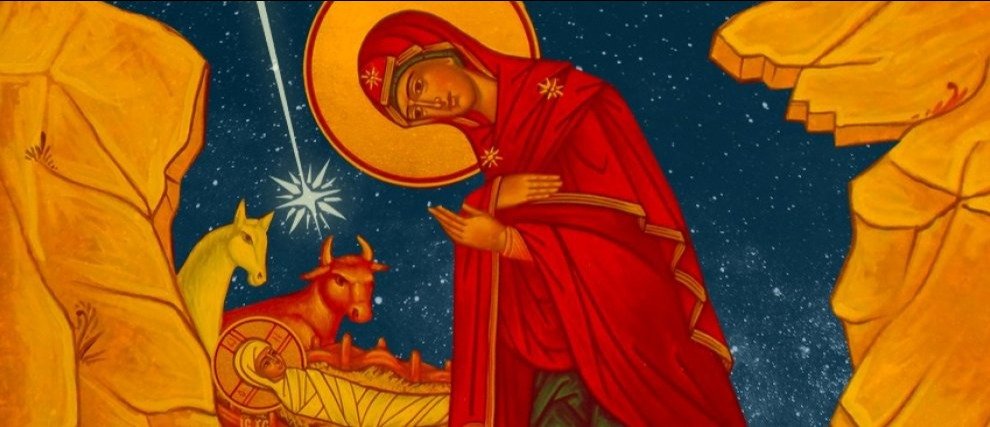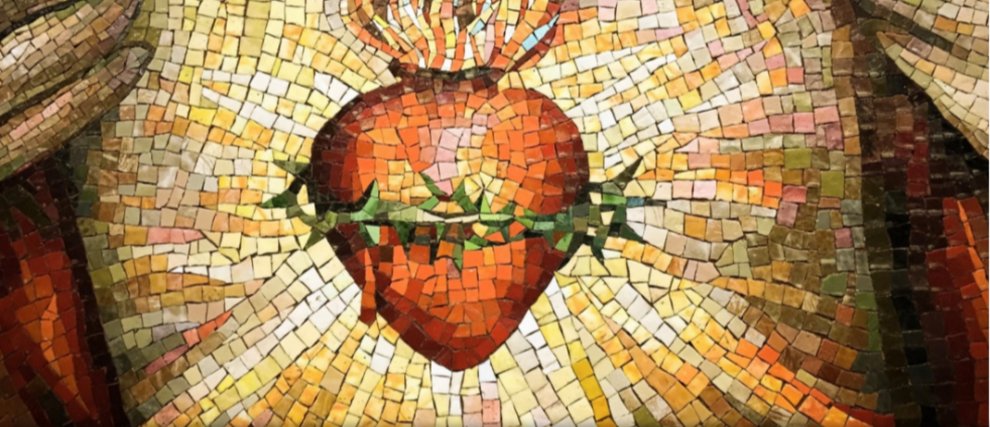Christmas Mass: the Tradition of the Midnight Mass
Among the various masses celebrating the great feast of Christmas, the midnight mass of December 24 is by far the most frequented. Indeed, the tradition of the Christmas Midnight Mass dates back to the Middle Ages and has lasted for hundreds of years!
Formerly called the “mass of the angels,” the midnight mass has a strong symbolism: it means that by the birth of the child Jesus - a savior expected for centuries—the world passes from darkness to light!
Four masses to celebrate Christmas!
The midnight mass is part of four masses provided for by the Catholic liturgical calendar to celebrate the feast of the birth of Jesus. These celebrations are carried out as follows: on the evening of December 24, the mass called “Emmanuel” takes place; then follows the mass of the night, commonly called “midnight mass”. On December 25, the “dawn mass” and then the “Christmas day mass” are celebrated successively.
The midnight mass is the most popular and traditional of these four celebrations. It is the one that attracts the most people, including non-practitioners.
If officially its name is “mass of the night”, the name “midnight mass” has imposed itself by the tradition of a mass at midnight. However now, it is most often celebrated in the evening, between 6 and 10 pm.
The Origin of the Midnight Mass
The celebration of a night mass appeared in the Middle Ages. The first official celebration took place in the year 440 by Pope Sixtus III.
Becoming more and more popular over the years, it took the name of “midnight mass”, the custom being to start the celebration only after the twelve strokes of midnight. As Father Amar explains to us: “Symbolically, the celebration of God made man thus begins at the first second of Christmas day, illustrating the victory of day overnight, of life over death”.
The feast of the nativity is then enriched by two other celebrations: the “dawn mass” and the “mass of the day”. Saint Thomas Aquinas thus evokes a “triple birth of Christ” (Summa Theologica III, 82, 2): a divine birth, a spiritual birth and a bodily birth, unfolding during the three masses of the nativity.
How does the midnight mass take place?
Christmas Vigil
The traditional midnight mass is often accompanied by a Christmas vigil, intended to express the popular fervor surrounding the birth of Christ.
Such a vigil allowed us to “remember the manifestation of the Lord made of joy and peace” (Directory No.108) and to prepare ourselves for the coming of the child Jesus.
The Christmas vigil closes the time of Advent and orients one’s heart towards the coming of Christ. Taking up the traditions of Advent, the vigil of Christmas night often takes place around a story or a staging of the events surrounding the birth of Christ.
It is also customary to bring the little Jesus in procession into the nativity scene, while singing Christmas songs: “Joy to the World”, “Silent Night”, etc.
Midnight Mass Liturgy
During the midnight mass, we meditate around several texts:
In the first reading, we read the prophet Isaiah, announcing the coming of the Savior:
“The people walking in darkness have seen a great light; on those living in the land of deep darkness a light has dawned.” (Isaiah 9:1-6)
The second reading already announces the mystery of redemption, closely linked to that of the birth of Jesus: “who gave himself for us to redeem us from all wickedness.” (Titus 2:11 -14)
The Gospel of Saint Luke takes up the story of the events surrounding the birth, in which the angels announce the good news to the world: “I bring you good news that will cause great joy for all the people. Today in the town of David a Savior has been born to you; he is the Messiah, the Lord.” (Luke 1:26-27)
The Symbolism of the Midnight Mass: Entering the Christmas Light!
The midnight mass has a very special symbolism: at midnight, a new day rises, it is the passage from darkness to light! Indeed, following the birth of Jesus, “on those living in the land of deep darkness a light has dawned” (Isaiah 9:1-6). In the middle of the night, the birth of Christ is a passage from an old life to a new life, the passage from sin to salvation!
Jesus affirms this when he says: “I am the light of the world. Whoever follows me will never walk in darkness, but will have the light of life” (John 8:12)
The light that is born at Christmas is that of Christ! It is the same light that will shine on Easter night, and it is with this light that everyone will light their Easter candle, symbolizing that through our baptism we have entered the light of Christ, we are redeemed from sin!
Praying with Hozana!
The midnight mass symbolizes the passage from darkness to light: “The people walking in darkness have seen a great light”! (Isaiah 9:1).
Find Hozana's proposals to welcome the Christmas light in your life, Christ!
For 9 days, let yourself be touched by Saint Charbel so that he leads you to the meeting of the light, Christ, to make it bloom in you!
Entrust all your intentions to the Holy Spirit in a
.Let yourself be penetrated by the light of Christ by joining
!
